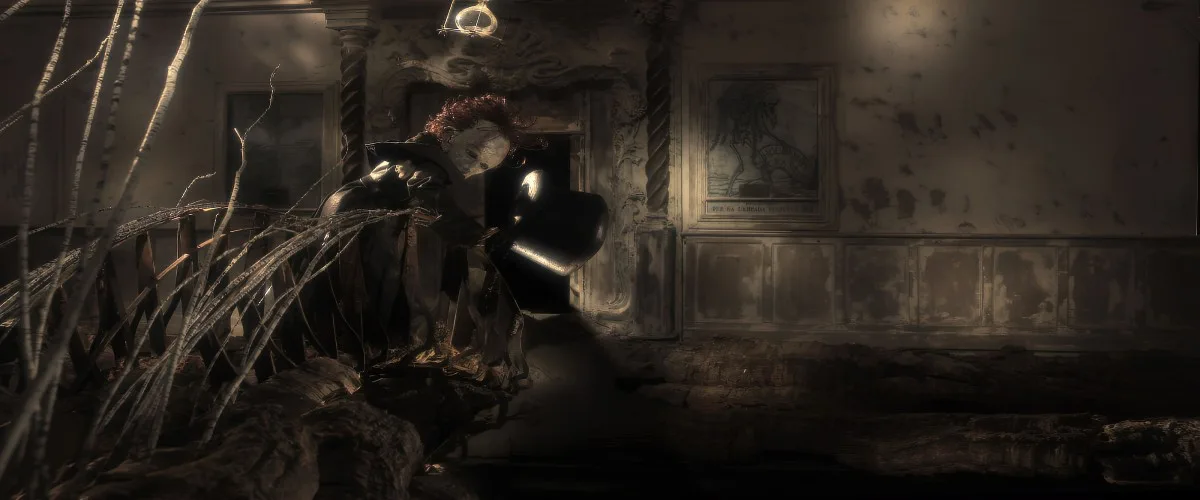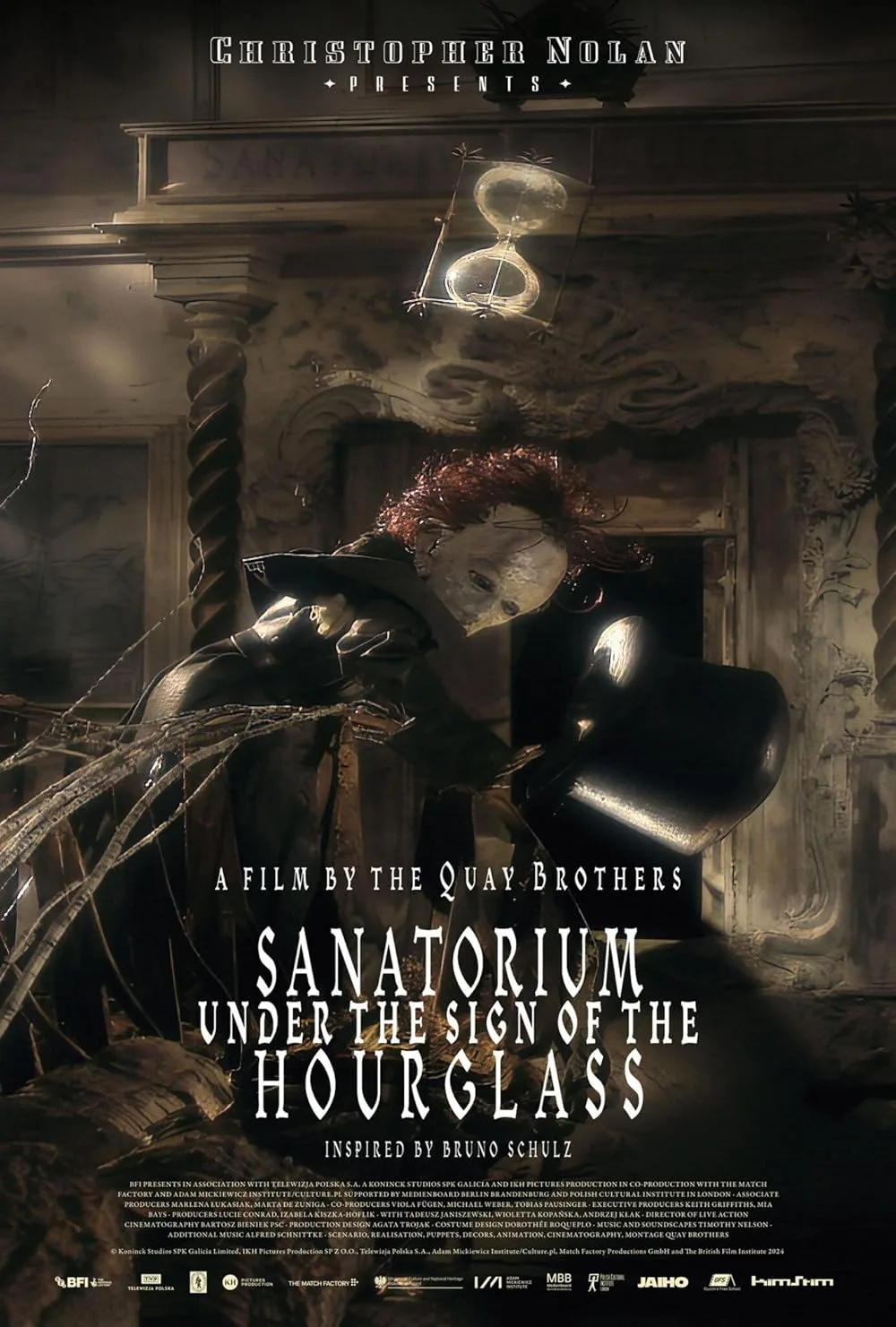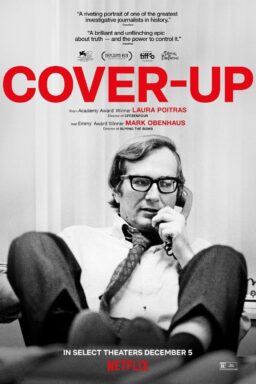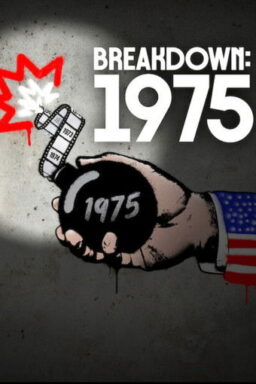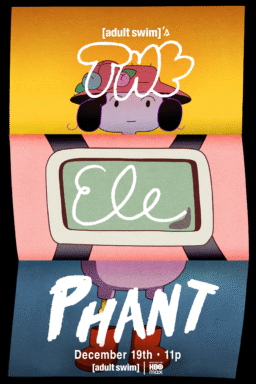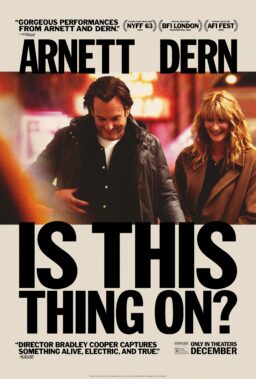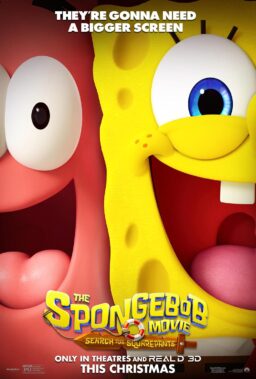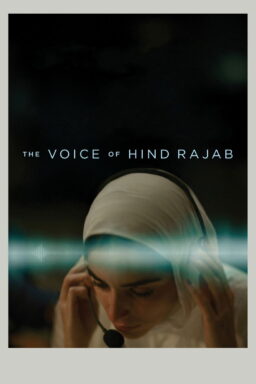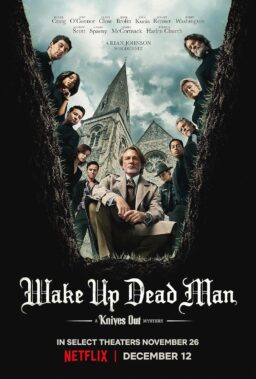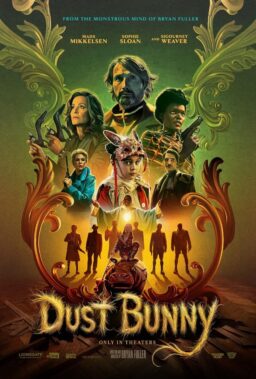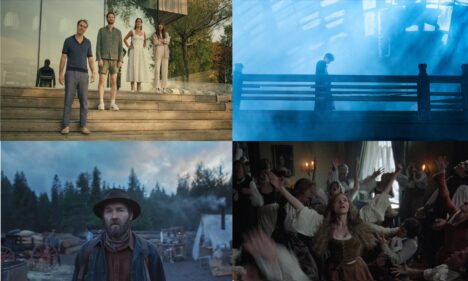For nearly half a century, the Pennsylvania-born, London-based filmmakers Stephen and Timothy Quay have crafted one of the most idiosyncratic bodies of work in the history of animation. Across more than three dozen shorts and a handful of features, the Brothers Quay have earned a prolific reputation for their dark, folkloric fairy tales situated in the twilight space between dreams and waking; phantasmagorical parables pantomimed by casts of misfit puppets and forlorn playthings possessed by the spirits of malice, malaise, and mischief alike. “Sanatorium Under the Sign of the Hourglass,” the brothers’ third feature-length film and their first in over two decades, could not have arrived at a more vital or urgent time, existing as a perhaps unintended, albeit nonetheless appreciated exemplar of the power of art conceived through the meticulous labor and deliberation of human artisanship.
Inspired by the writings of Polish author Bruno Schulz, whom the Quays previously adapted in their landmark 1986 stop-motion short “Street of Crocodiles,” the film follows a man named Jozef who embarks aboard a steam train to visit his dying father in a remote sanatorium perched high in the Carpathian mountains. However, as is the case with any work by the Brothers Quay, there’s far more to this tale than meets the eye. Quite literally, in this case.
Jozef’s journey into the eerie, timeless dimensions of this remote sanatorium is fractured into seven thematically intertwined vignettes, each viewed through the lens of a macabre curio containing the remains of a detached retina. Implied to have belonged to one of the sanatorium’s former residents, if not Jozef himself, the retina houses what is believed to be the final images glimpsed by its late owner prior to their passing. Through these disjointed episodes, Jozef confronts several different manifestations of his father, all the while probing the depths of his own disordered psyche.
Although in large part inspired by the work of Eastern European writers like Franz Kafka, Stanislaw Lem, Robert Walser, and the aforementioned Schulz, the Quays have never been subordinate to literalism in their work, let alone through their adaptations. Their shorts and films are structured less like traditional three-act narratives and more like elaborate, experimental stage plays accentuated by the music of avant-garde composers such as Lech Jankowski, Karlheinz Stockhausen, and Timothy Nelson, the latter of whom has returned to compose the score for “Sanatorium Under the Sign of the Hourglass.” Music and audio design are as essential here as they are in any Brothers Quay film, enveloping the audience in a swath of discordant foley sounds and melancholic symphonies, conjuring sensation and feeling at once immediate yet difficult to convey through the shape of words alone.
Composed largely of stop-motion animation and occasional segments of live-action footage, the only contemporary work comparable to “Sanatorium Under the Sign of the Hourglass’” aesthetic and structure is perhaps “Mad God,” animator-director Phil Tippett’s 2021 experimental horror epic, which itself took nearly three decades to produce. That said, while the similarities between the two are apparent from a glance, the former here is far more cerebral—and far less scatological—than the latter.
There’s a wealth of interpretative symbolism and meaning to infer from nearly every scene in “Sanatorium Under the Sign of the Hourglass,” from its dream-like opening featuring a blustering auctioneer selling off “dead seasons” and allotments of “regions of the Great Heresy” to its haunting and foreboding climax. It is a film that, at the risk of cliché, is better seen and felt first than necessarily understood; better peripherally intuited than explicitly interpreted. It’s the type of animation that only Stephen and Timothy Quay, two extraordinary masters of their craft, could have conceived, a testament to a shared lifetime of dedication, artistry, and uncompromising vision. It is an undeniably (and inimitably) human work of art.

